Write Us
We are just a call away
[ LET’S TALK AI ]
X
Discover AI-
Powered Solutions
Get ready to explore cutting-edge AI technologies that can transform your workflow!

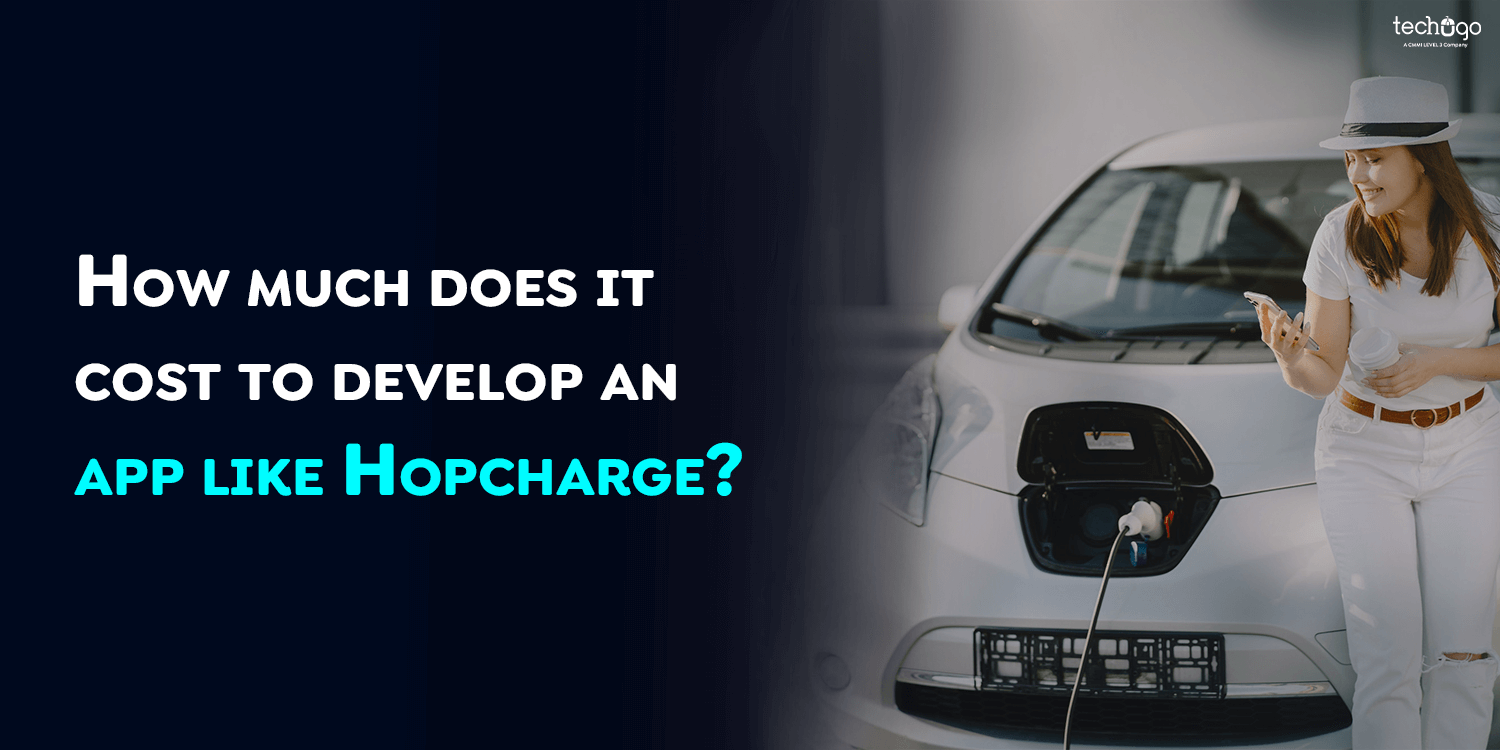
Here a new generation of automobiles, known as Electric Vehicles (EVs), is receiving considerable attention from society as the world embraces green economy inventions. However, the scaling of these vehicles has proven to be fast-paced, more so concerning the charging stations. While conventional charging points are efficient in their functioning, they are incapable of meeting the consumers’ demands, causing queues and delays for electric car users. This has created a market gap filled with unique business online ideas such as door-to-door EV charging services such as Hopcharge.
The current guide outlines the process of creating on-demand app doorstep services for EV charging applications, focusing on market opportunity, app functionality, technology solutions, and application development.
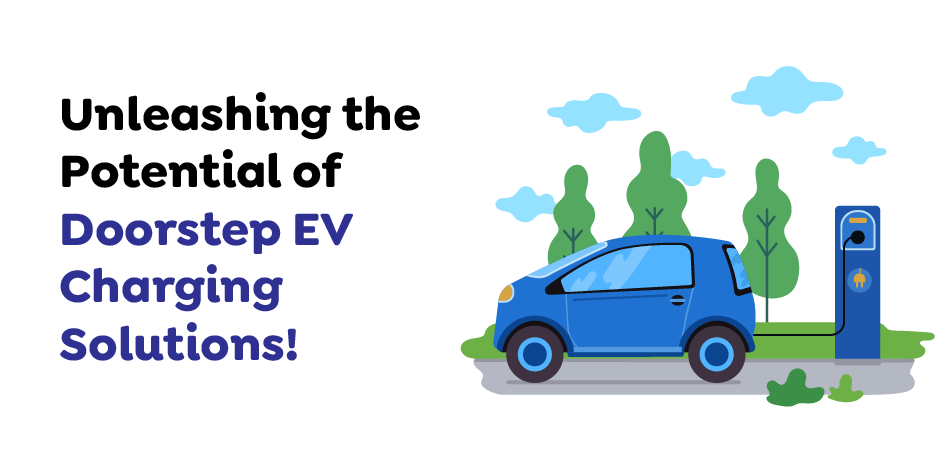
The overall market of EVs is anticipated to grow up to $802. By the year 2027, the market is expected to be worth $ 81 billion, with a CAGR of 22%. 6% in the year 2027 compared to 2020. This growth is a result of increased concern for environmental conservation, encouraging policies from the government, and developments in the latest technology of electric vehicles. However, the biggest challenge that has yet to be fully met is the extent and number of charging points that are easily accessible to users.
On-demand doorstep charging of EVs involves taking the charger to the vehicle meaning EV owners do not have to locate and wait for the charging unit. This service is most useful in the city where there are few access points to charge electric cars and where it is impossible to install chargers at home because of the lack of a parking space or lease.
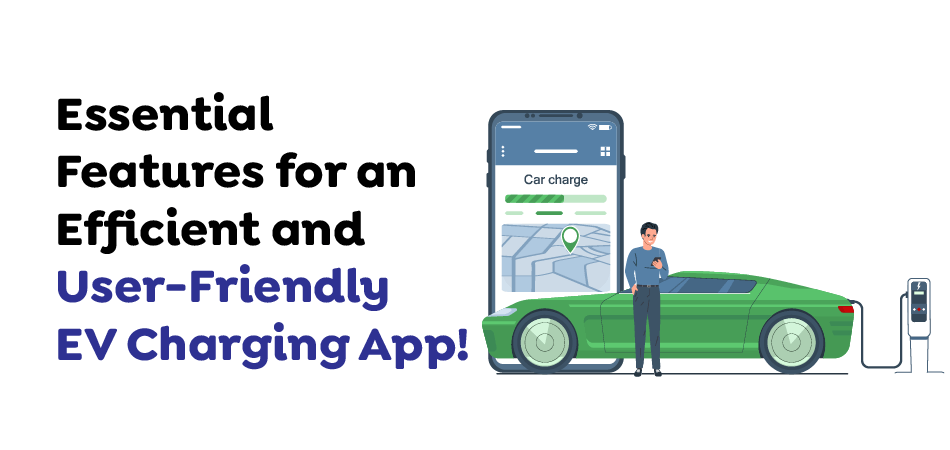
Designing an efficient on-demand doorstep EV charging app involves one basic but critical component and that is the features related to the gadgets as well as the usage of the applications. Here are the essential features to consider:
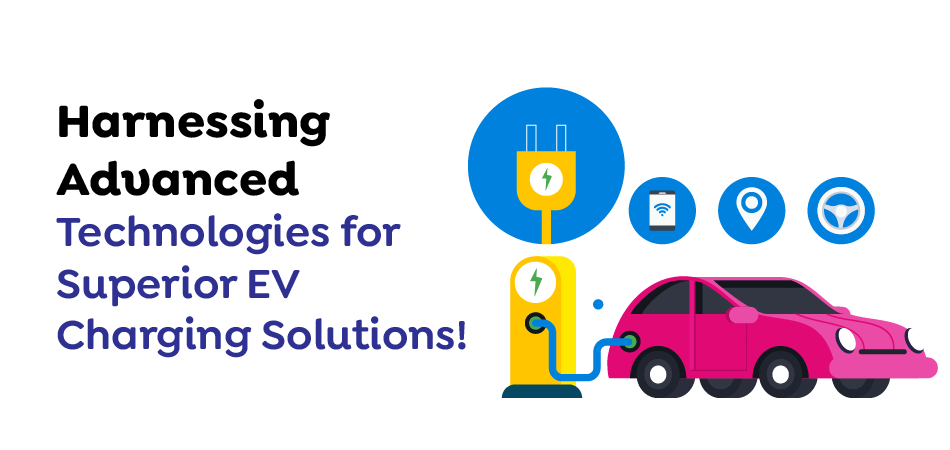
For creating the on-demand doorstep EV charging app, the necessary technologies will be front-end, back-end, and cloud to meet all the needs and offer scalability. Here are the key technological components:
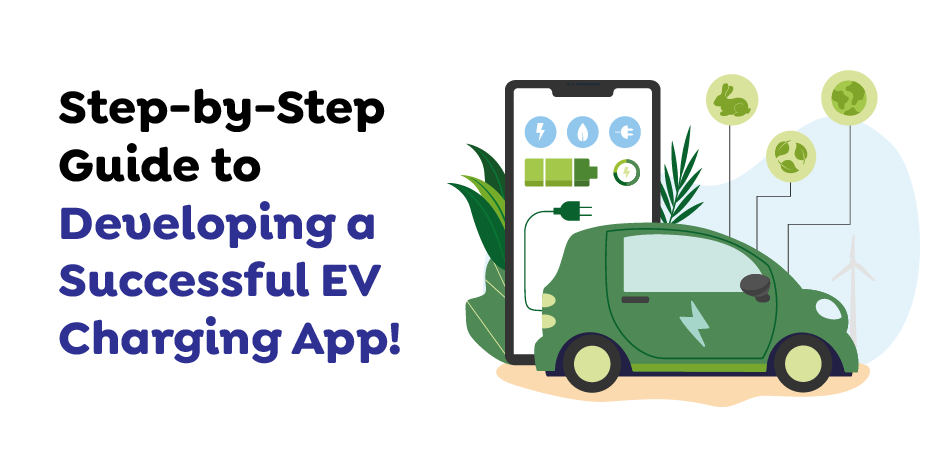
There are many steps or phases involved right from concept or idea formulation of the EV charging application up to the Actual implementation or live status of the application. Here’s a step-by-step guide to the development process:
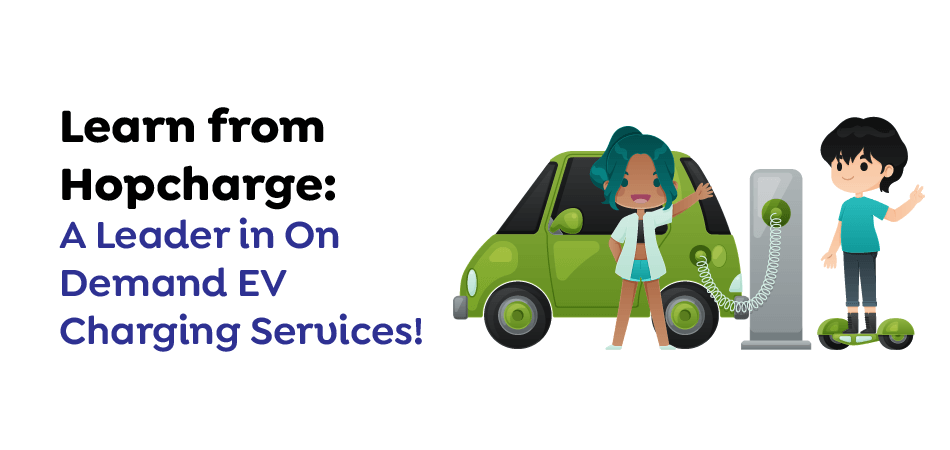
Hopcharge belongs to the on-demand doorstep EV charging category by offering one of the best and easiest charging services for users of electric vehicles. Here’s an overview of how Hopcharge operates and the features that make it stand out:
The current mobile application by Hopcharge is provided to the user to book or plan a charging session at the specific location listed by the user and at a specific time. The charging vehicles are available in the company’s fleet and are loaded with large batteries that can fulfil an EV charge fast.
The Hopcharge app is also designed such that it offers a simple way through which a user can request a charge, track the charging vehicle and make secure payments. It also has the feature of scheduling self and subscription services for the common users of the mobile app.
Hopcharge has a solid foundation which relies on the tactical application of GPS technology, real-time communication and cloud computing. The mobile app development company in India thus applies artificial intelligence in decision making especially in developing routes for driving and arranging fleets.
Thus, with a view of supplementation of charging service on request, Hopcharge avoids the need for charging points physically present in the public domain, positively impacting the environment.
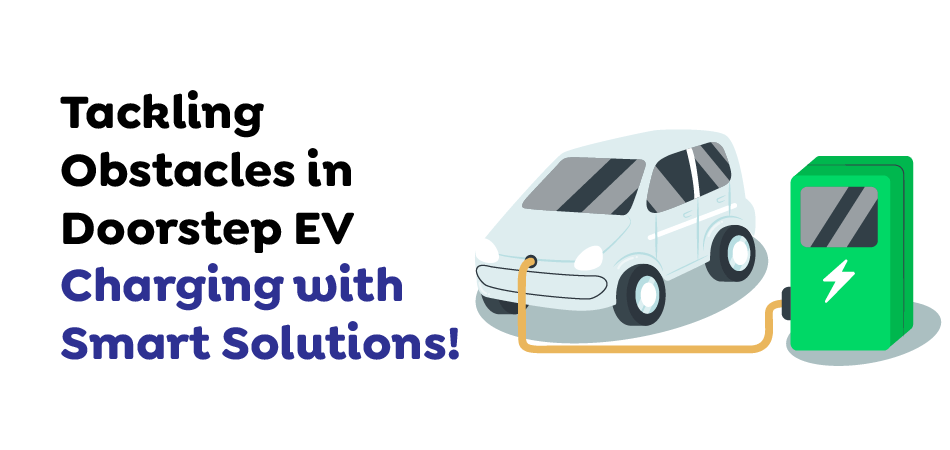
However, managing a fast-food-like doorstep EV charging service has its risk factors which include the following. Here are some common challenges and potential solutions:
Charging vehicles and planning for their routes involves a lot of opportunities and challenges especially if one is handling a large number of such vehicles. The use of more complex fleet management applications and theoretically grounded route planning can become a major benefit.
Charging other vehicles must be possible without having to recharge the charging vehicles frequently; thus, the charging vehicles should have sufficient battery capacity to do this. Using high-capacity batteries and developing other interventions such as using solar power in the classroom can improve efficiency.
It is not easy to decipher which regulations apply and then to acquire the licenses and permits when needed. Understanding local regulations and engaging with the government can also help in following the rules and regulations effectively.
The promotion of on-demand charging services over traditional methods calls for favourable persuasion and awareness creation among users. One persuades the targeted audience to use the service by informing them that it is convenient, dependable, and inexpensive.
Incorporating the service to meet the increasing number of clients while ensuring that the service provision is smooth can be challenging. Inspecting and enhancing the application’s performance as well as investing in a more general, yet flexible infrastructure could create the necessary environment to grow.
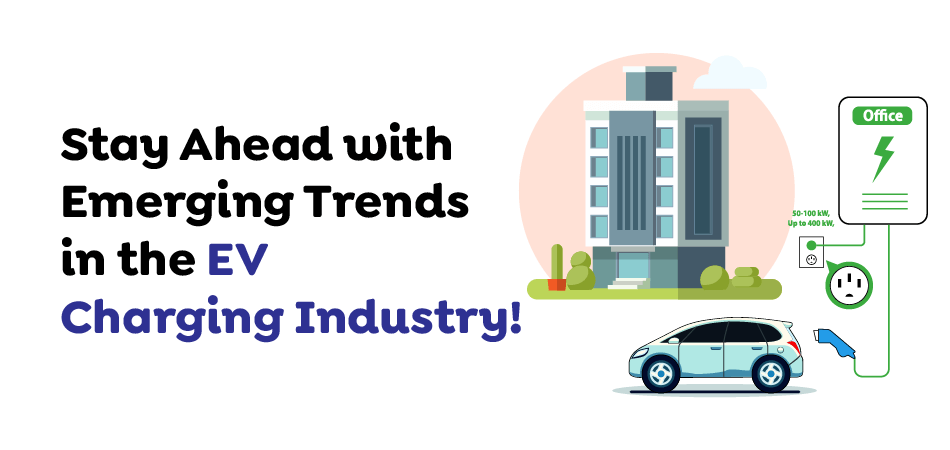
The on-demand doorstep EV charging business has also the potential to grow rapidly with the help of technological advances and a growing number of electric vehicles globally. Here are some trends to watch:
One of the new trending technologies is the creation of automated charge-pulling vehicles, which will increase the effectiveness and comfort of the requested services. Such automobiles can work round the clock and can find their user without any assistance from a human driver.
Wireless charging is fast becoming a possibility, making the charging of devices a contactless and very convenient process. The enhancement of the possibility of using wireless charging as a part of the service can attract more user engagement.
Charging the vehicles using renewable energy sources such as solar and wind to charge the vehicle directly may help decrease the energy service’s carbon footprint while offering the service to environmentally savvy clients.
There is enhanced security of payments and verification from the sellers since they use an immutable technology, the blockchain.
Applying AI and machine learning can impact and improve many areas of the service, from daily movement planning to demand prediction, thus providing increased effectiveness and customer satisfaction.
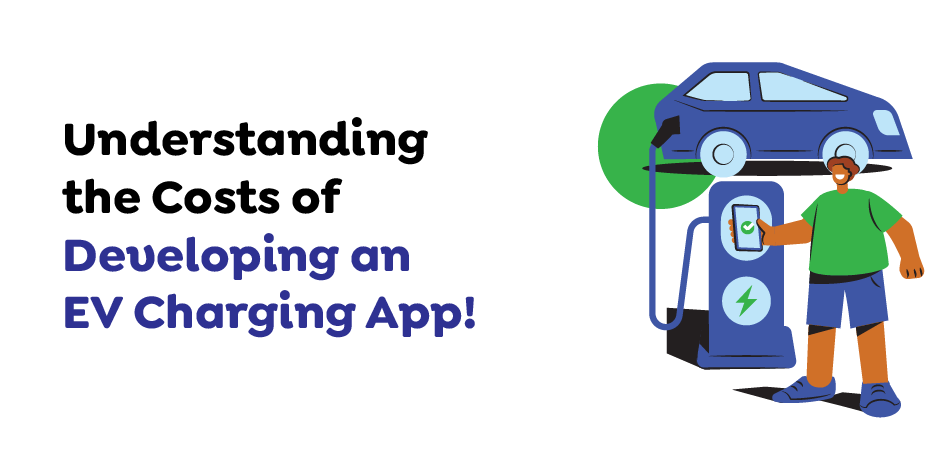
There is a certain cost to develop an app like hopcharge involved in creating an application similar to Hopcharge, which is the doorstep EV charging services app development. Some of them are the cost to conduct the market research to know the market and more about the customers, the cost of product designing and prototyping, the cost of frontend and backend developers, the cost of real-time communication service providers, the cost of integrating a payment gateway etc., cost for testing and deploying the product and the cost to maintain it in the long run. To control the cost to develop an app like hopcharge, it is recommended to begin with an MVP, choose cross-platform, and/or outsource to cheaper zones. Therefore, by carefully planning and emphasising some specific aspects of an EV charging station finder app, one can always work around the finances needed to make the app a success.
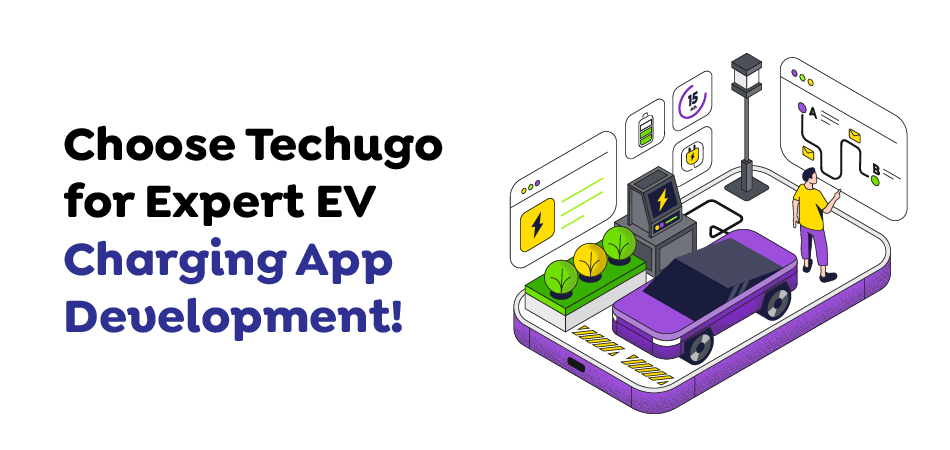
Thus, when you opt for Techugo for your doorstep EV charging services app development, business owners can remain more engrossed in the business side while we take care of the app development part. Here’s why Techugo is the perfect choice:
Get doorstep EV charging service app development from Techugo and leverage our knowledge and dedication to your app!
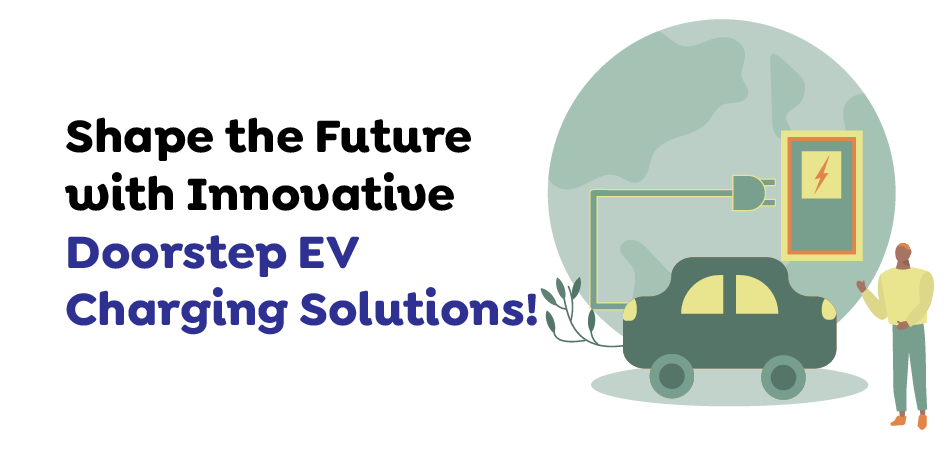
Doorstep charging services for electric vehicles round-up on-demand issues in the growing marketplace app for electric vehicles. Creating a sound and easy-to-use app like Hopcharge is likely to entail a myriad of complicated pre-planning, incorporation of contemporary technologies, and adequate emphasis on users. If operational problems are solved and market tendencies are forecast and integrated, businesses will be able to enter this promising market segment and participate in the creation of a sustainable environment.
On-demand charging services are a solution that will become important as more people adopt electric automobiles worldwide. Whether you are a strategic-minded entrepreneur starting to enter this market or a tactical-minded app developer planning to construct a novel and complex app, this guide is created to provide all the necessary information to succeed in the on-demand doorstep EV charging business.
Get in touch with our app developers for more information!
Write Us
sales@techugo.comOr fill this form